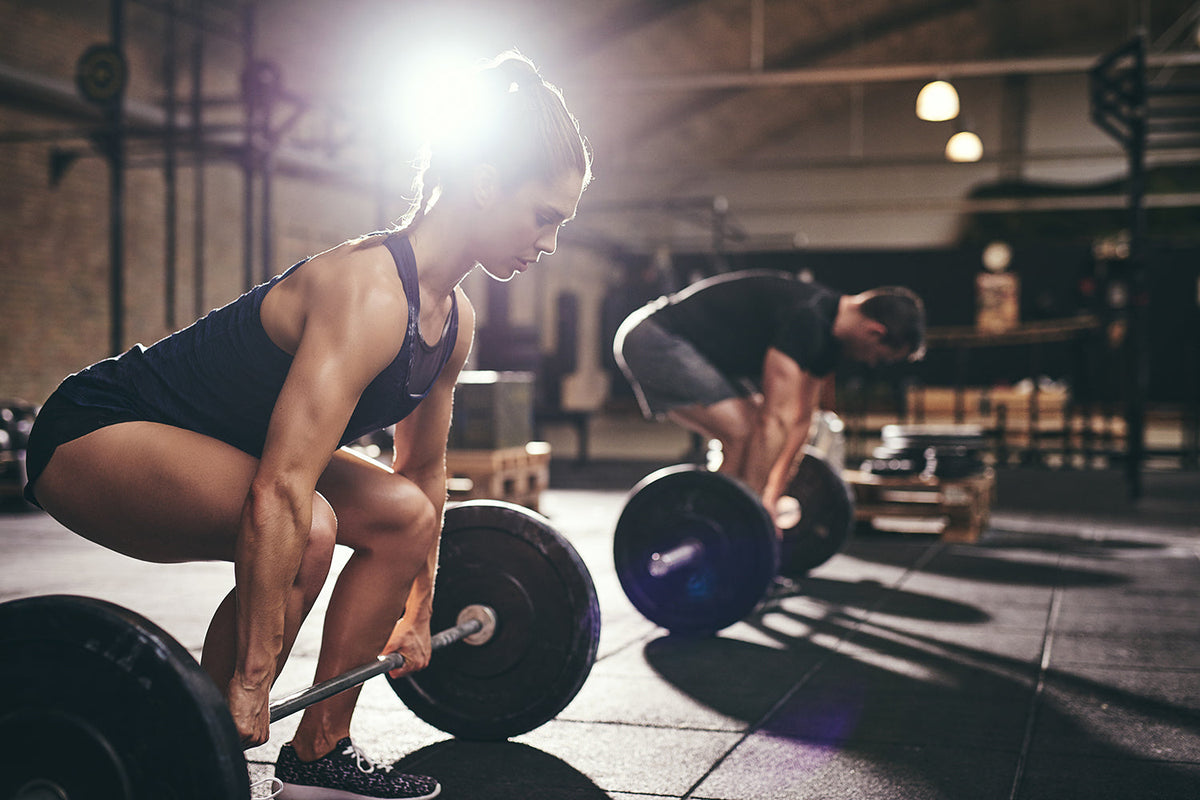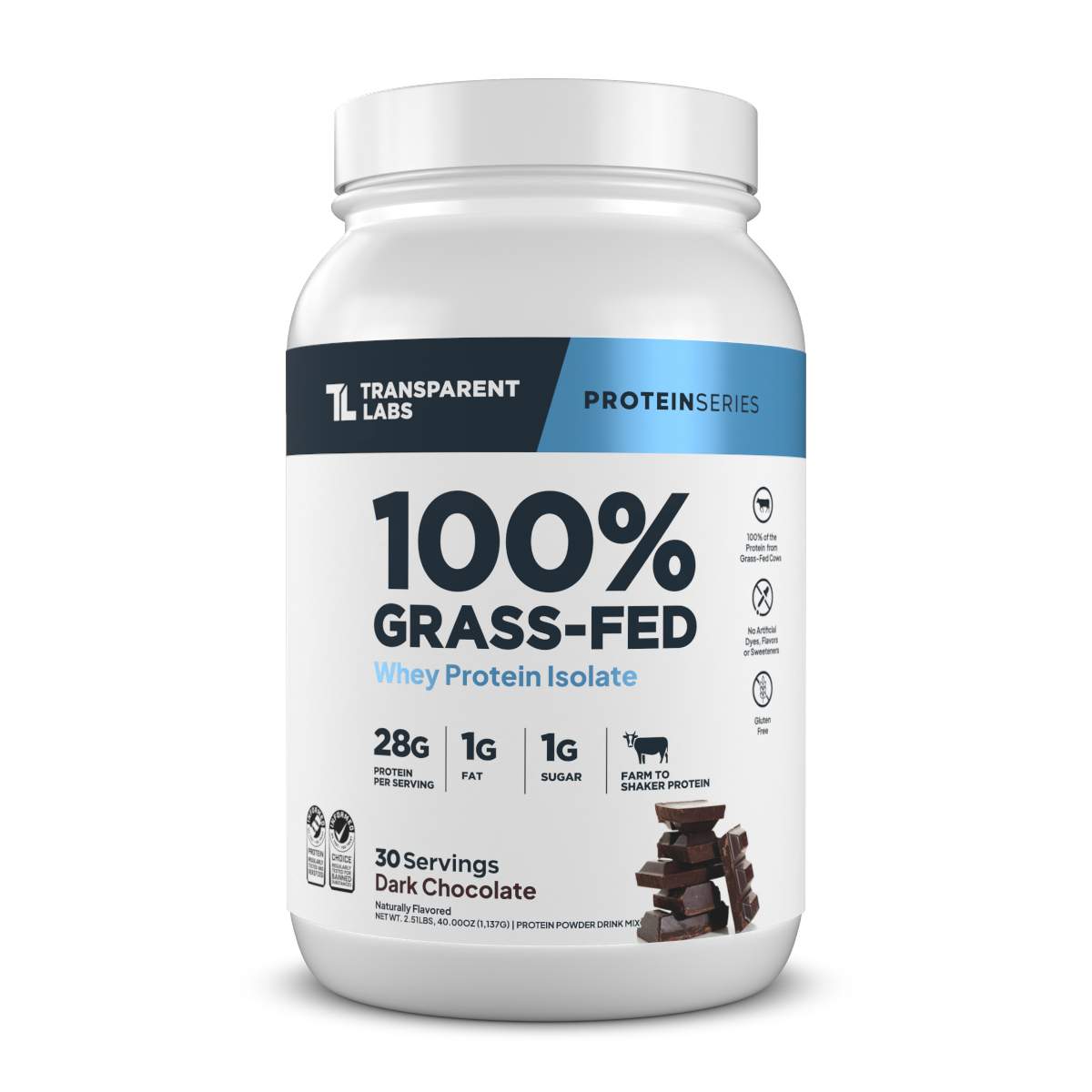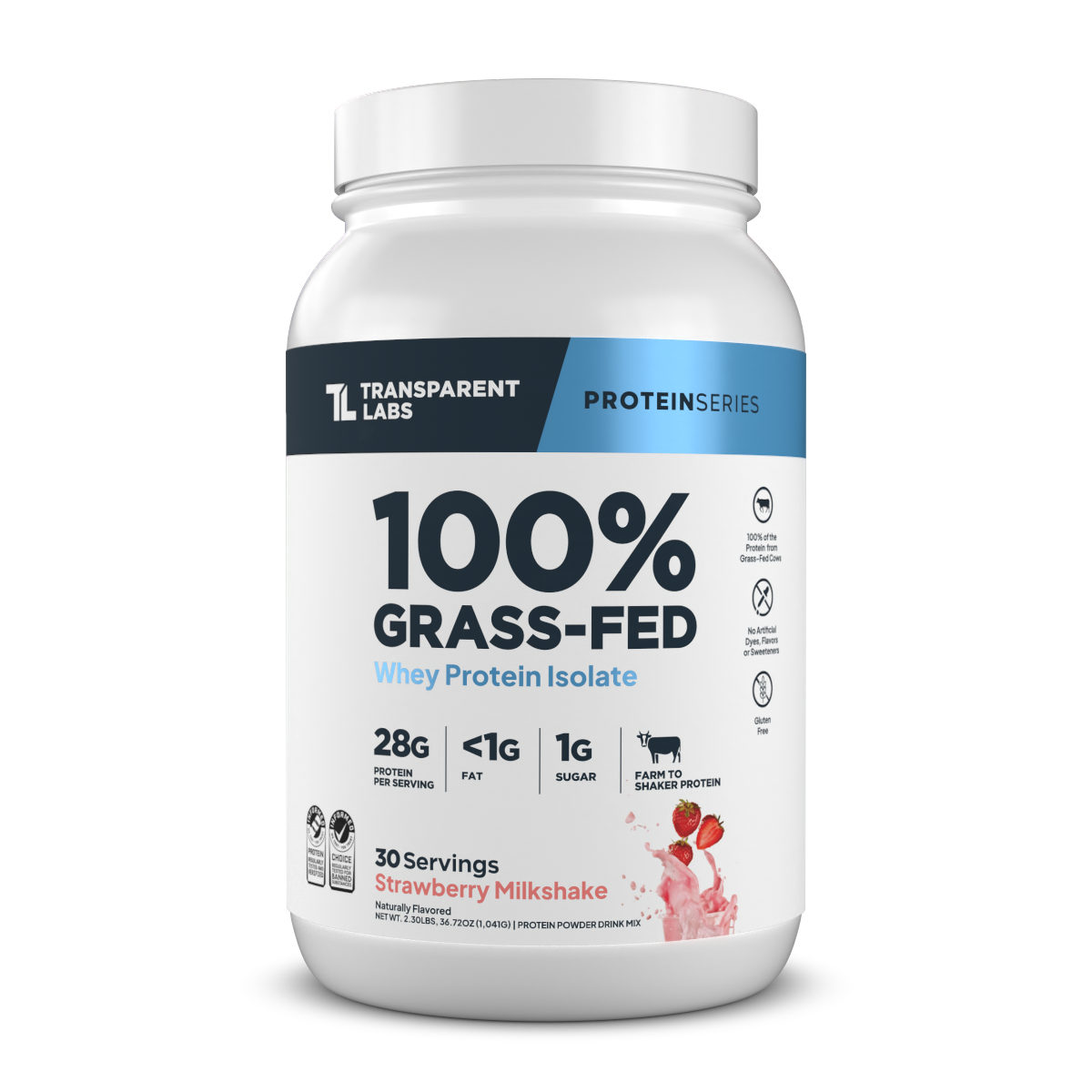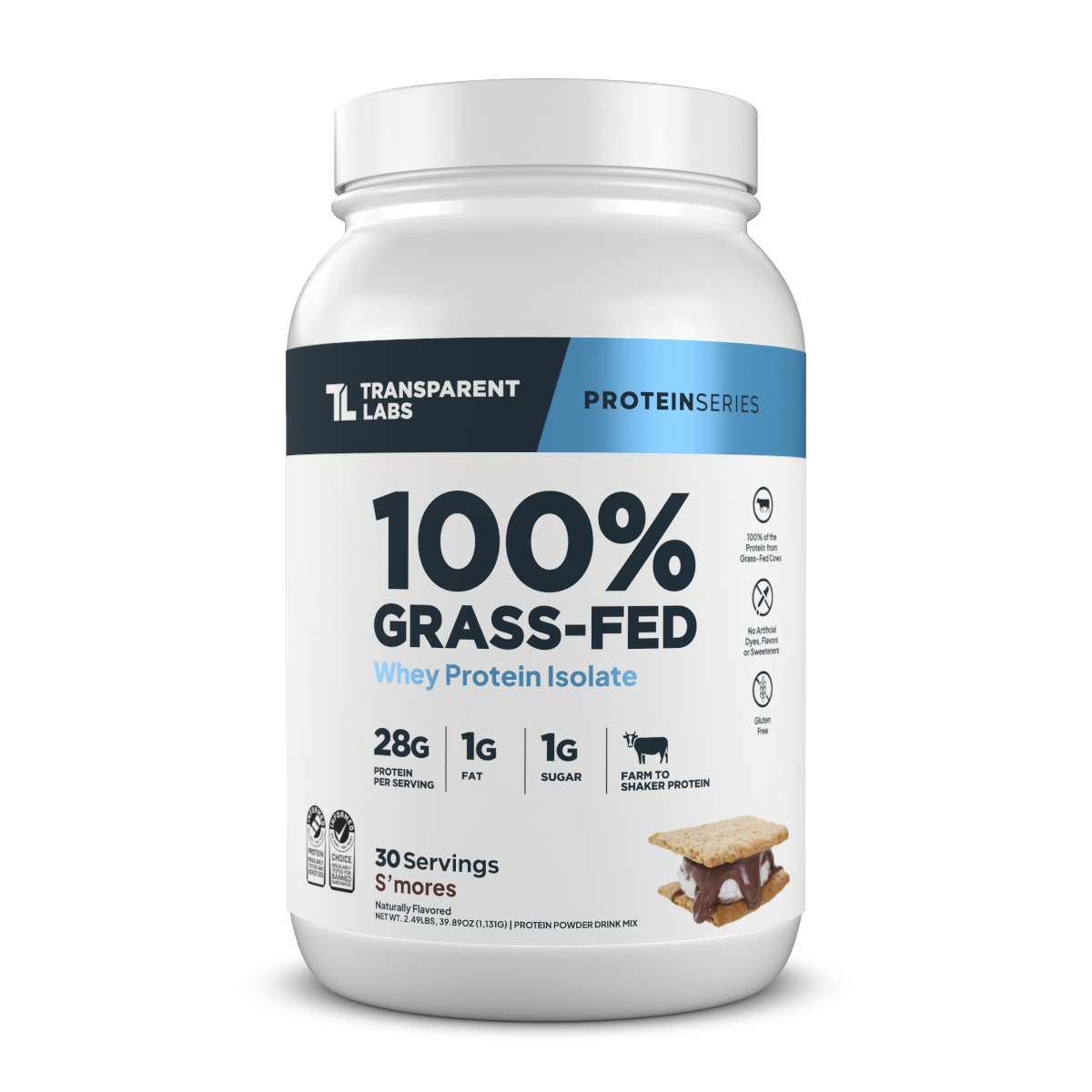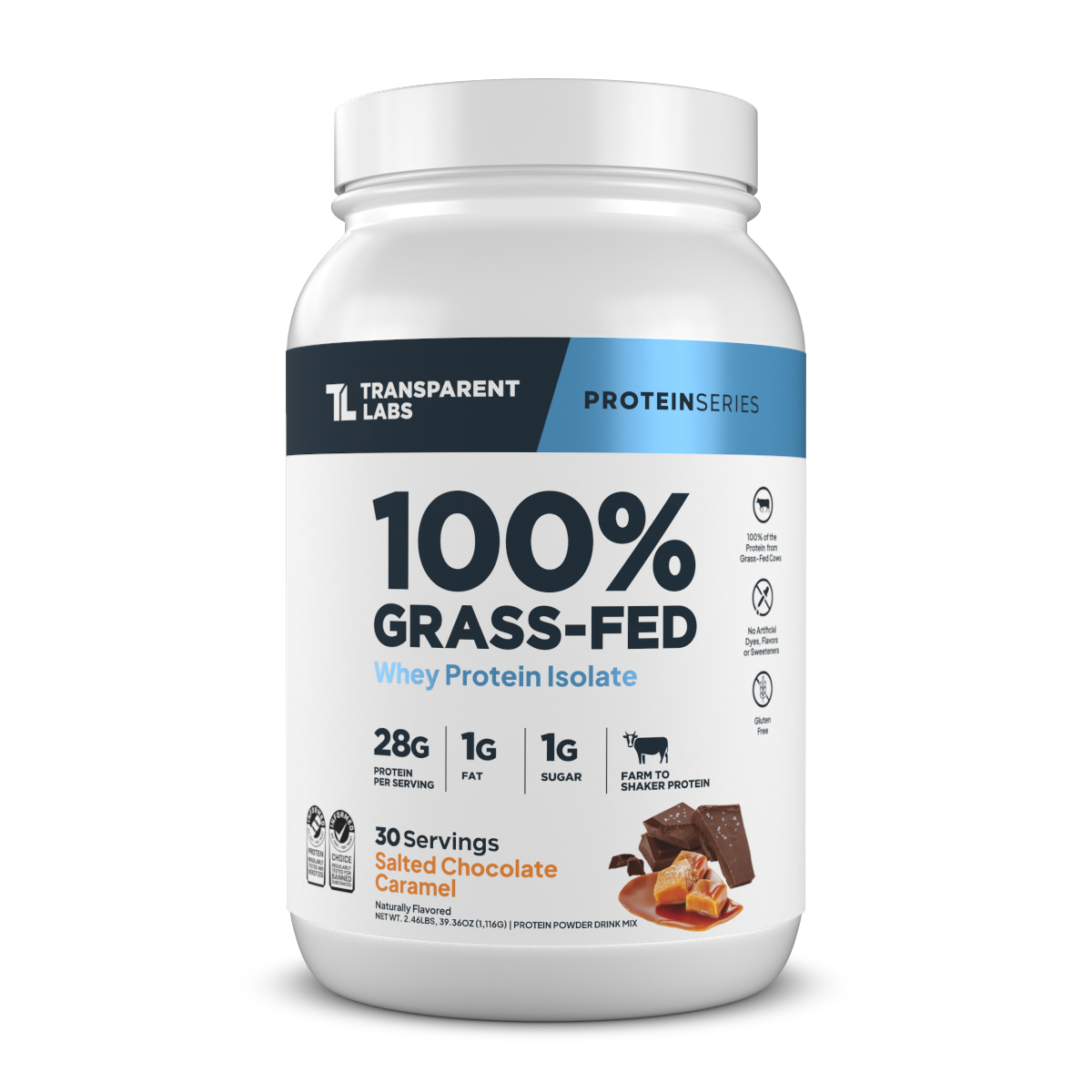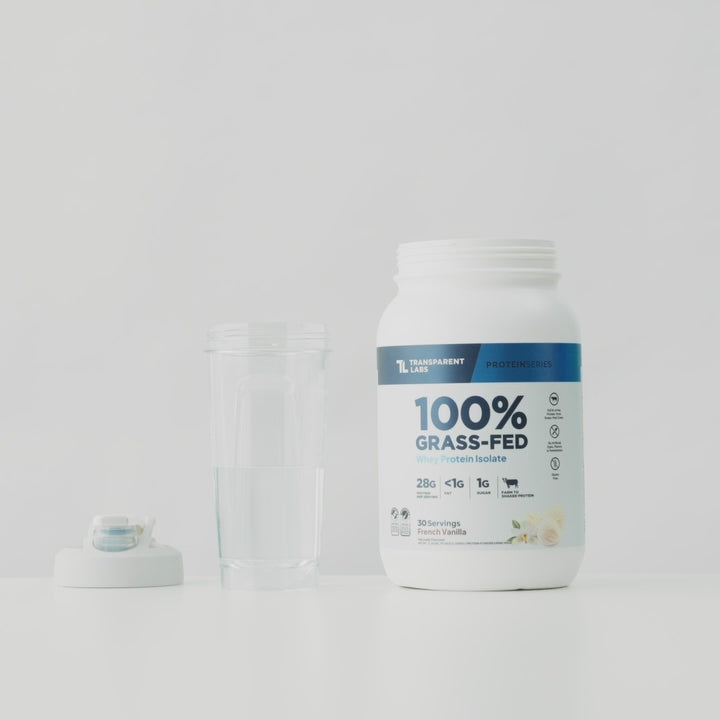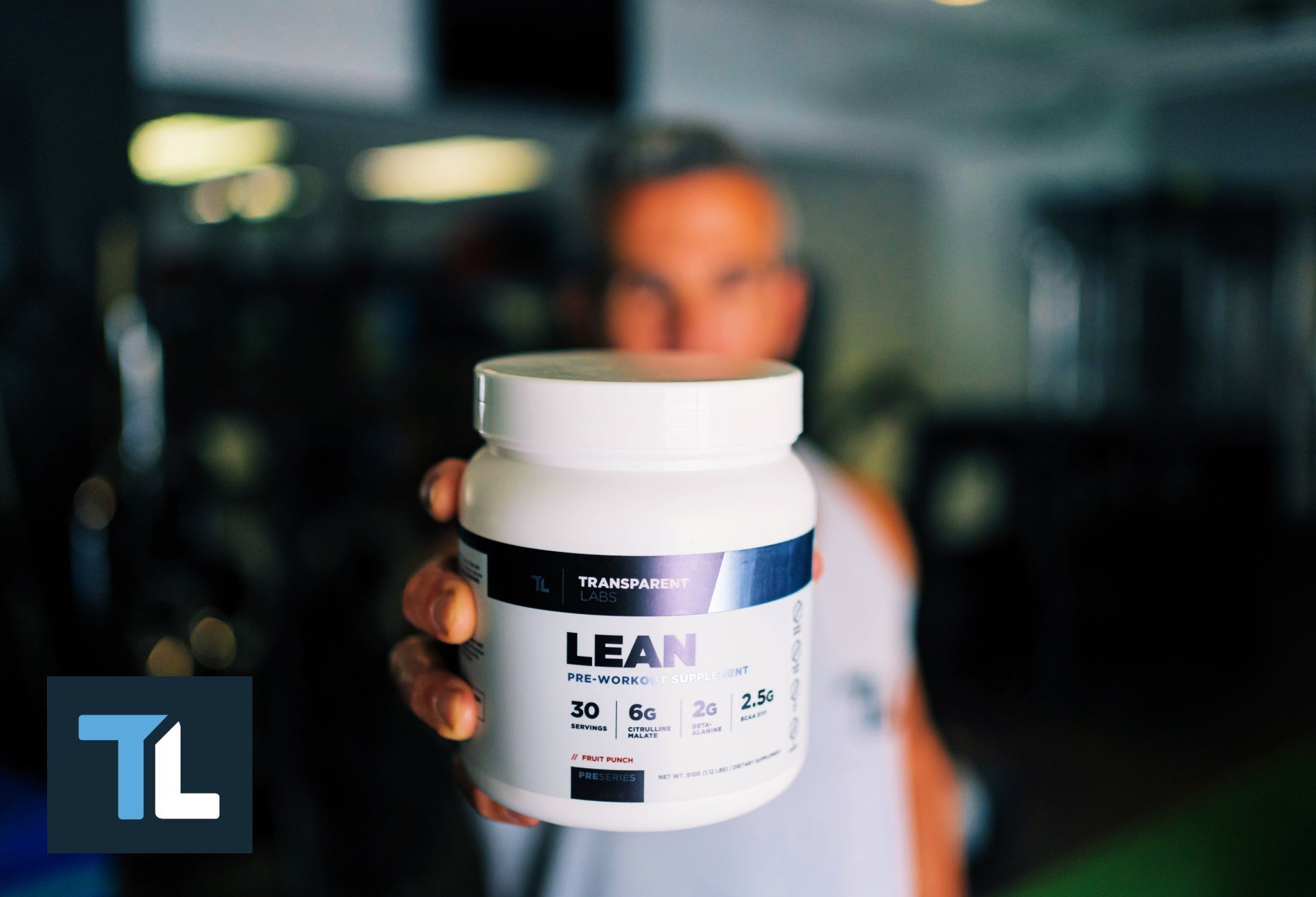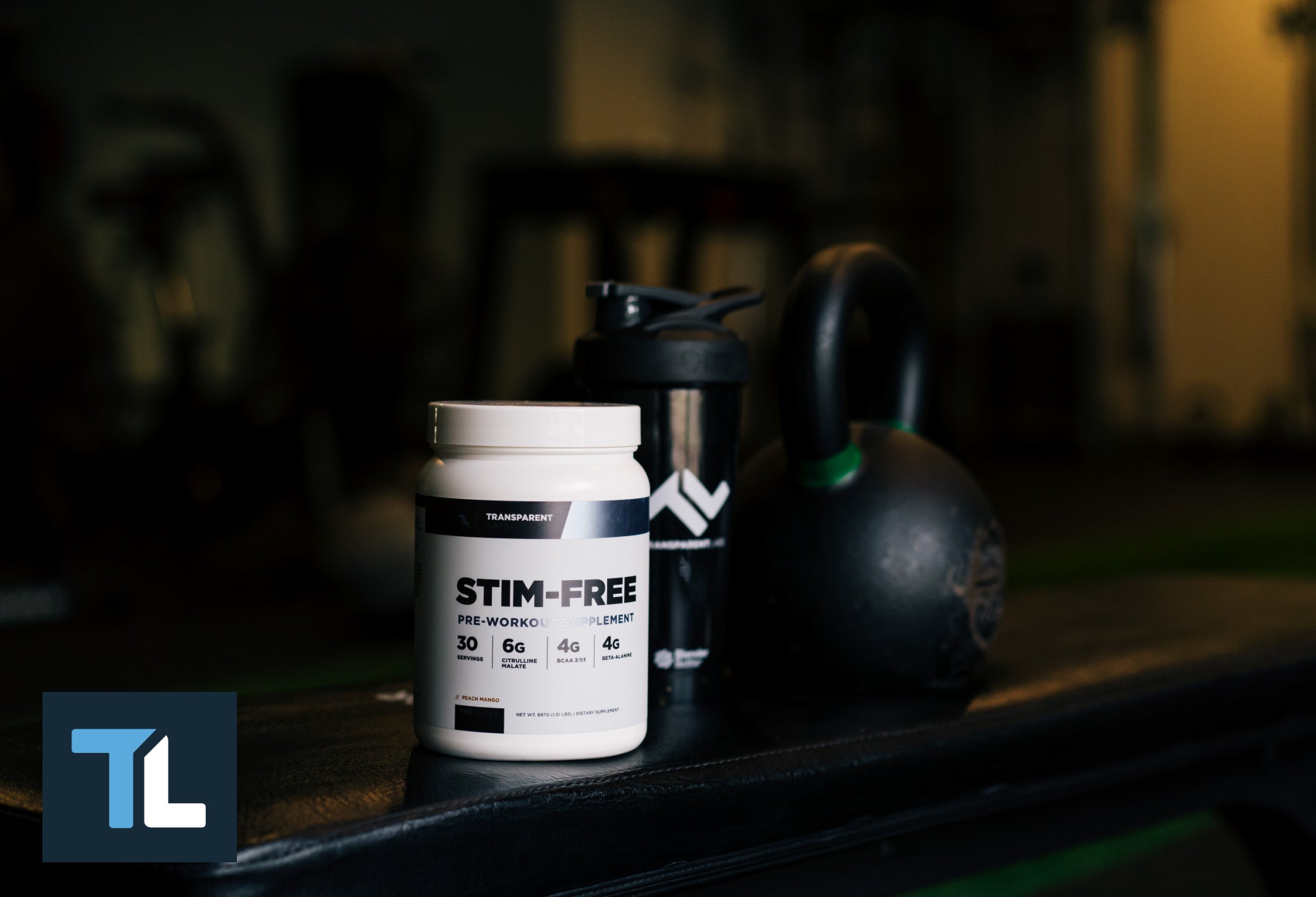There's a reason no one fights for bragging rights at the smith machine. But ask your gym friends about their personal records (PRs) in a back squat or bench press, and you'll feel the conversation take a competitive turn.
Using weight machines in place of free weight exercises feels easier because it is easier. Here's why: Free weight exercises require more muscle recruitment than machine exercises, forcing you to fully engage your core and fire those stabilizer muscles. This, in turn, helps you notice (and hopefully correct) faulty movement patterns and muscle imbalances, leading to proper form.
Barbell and dumbbell exercises should be a regular part of any training program. Whether you're looking to build muscle or cut bodyweight, free-weight exercises challenge you in ways weight machines cannot.
Below, we dive into eight of our favorite free-weight exercises targeting your upper and lower body.
8 of the Best Free Weight Exercises for a Full-Body Workout

Begin all free weight exercises with a proper warm-up, performing plyometrics and dynamic stretches. Pay special attention to your form, knowing that you don't have the security of a machine to halt a dropped weight. For this reason, we always recommend working out with a spotter for free weight exercises (and hey, working out with a buddy is more fun anyway, right?).
1. Barbell Deadlift
To perform a deadlift, start by loading the barbell, then setting it on the ground, not on the rack. Stand behind the barbell with your feet slightly wider than shoulder-width apart (your shins should be 1-2 inches behind the bar).
Sit your butt back so you feel a stretch in your hamstrings, reaching down to grab the bar with both hands (many people prefer an overhand grip with their dominant hand, and an underhand grip with their non-dominant hand). Roll your shoulders back and down, squeeze your core, and keep your back straight (don't arch your upper back). While squeezing your glutes and hamstrings, stand up, almost rolling the bar up your shins as you stand upright.
At the top of the deadlift, squeeze your glutes, being careful not to overextend your hips. Now, sit your butt back again, tuck your chin, and brace your core, returning the bar to your starting position.
2. Dumbbell Bench Press
To perform a dumbbell bench press (also known as a dumbbell chest press), start by laying down on a flat bench, ensuring your lower back is firmly connected with the bench. Rest the two dumbbells on your chest with elbows tucked in at your sides.
On an exhale, push both dumbbells straight above your chest. (To do your first rep, you may need a spotter to assist you.) From there, bring the dumbbells back toward your chest, until you reach your end range of motion. Ensure that you keep your elbows tucked in by your sides, not flailing out in a "T" shape.
3. Single-Arm Bent-Over Row
To perform a dumbbell bent-over row, you will rest your left hand (non-working arm) on a bench, ballet bar, or even a sturdy sofa arm. Hold the dumbbell in your right hand (your opposite hand).
Keep both feet shoulder-width apart and your hips pointed forward. Roll your shoulders back and down, brace your abs, and tuck your chin, so your spine creates one straight line (don’t crane your neck). Squeezing your back muscles, bring your right elbow directly behind you, to your end range of motion (visualize trying to hit your spine with your right elbow). Do not allow your right hip to open (rotate backward) as you pull your right arm back.
Do all reps on your right side before switching to your left.
4. Dumbbell Overhead Press
You can perform an overhead press (or shoulder press) from a standing or seated position. We prefer performing this movement from a seated position, because it prevents you from using your legs, thereby isolating your upper body.
Sit on a bench with the dumbbells resting on your thighs (this is just to get into position). Roll your shoulders back and down, brace your core, and bring each dumbbell so it hovers just above each shoulder (you may need a spotter for this). Your elbows should be tucked in toward your sides, not pointed out in a "T" shape.
Take a deep breath, brace your core, and push both weights directly overhead, making sure to keep your chin tucked (don't look up at the weights — they're fine). Return the weights to shoulder height as you exhale, then inhale before doing another rep.
5. Alternating Hammer Curls
A hammer curl is a variation of the bicep curl, targeting stabilizer muscles including the anterior delts, forearm muscles, and trapezius.
To do this free weight exercise, start by standing with your feet hip-width apart, one dumbbell in each hand. Hold the dumbbells at your sides so your palms face toward your body. Roll your shoulders back and down, brace your core, and keep your chest proud.
Curl your right arm toward your chest, bringing your right thumb toward your right shoulder. Return your right arm to its starting position, then alternate and repeat with your left arm.
6. Dumbbell Step-Up
To perform a step-up, you will need a sturdy bench or box. When you rest your right foot on top of the box with your left foot firmly planted on the floor, your right quad should be perfectly parallel with the ground.
Start by standing with your feet shoulder-width apart, a pair of dumbbells in each hand. Squeezing your left glute, raise your right foot, and place it firmly on the box. When your right foot is secured, transfer your weight to your right leg, squeezing your right glute to bring your left foot on top of the box.
Step down from the box, and repeat with your left leg.
7. Dumbbell Goblet Squat
While a goblet squat is commonly performed with a kettlebell, you can also perform it with a heavy dumbbell.
Stand with your feet shoulder-width apart, holding a single dumbbell perpendicular to the ground. The top bell of the dumbbell will rest on both of your palms with your fingers gripping the sides for support.
Once you have a firm grip on the dumbbell, sit your butt back into a parallel squat. Be sure to roll your shoulders back and down and keep your core engaged, preventing your shoulders from sagging forward as you lower into a parallel squat position. Then, keep your chest upright and fire your glutes to return to a standing position.
8. Tricep Kickback
To perform a tricep kickback, hold a light dumbbell in each hand. Stand with your feet hip-width apart with a slight bend in the knees. Hinge at your hip, lower the front of your chest so it's at a 45-degree angle (while keeping your shoulders rolled back and down). Bend your elbows, so you're holding each dumbbell on the side of your chest.
Extend your right arm straight behind you, so you feel a slight squeeze in your tricep (the back part of your upper arm). Bend your right elbow again, returning the dumbbell to its start position. Repeat on your left side.
Free Weights Challenge Your Body in Ways Machines Cannot

Free weight exercises force you to use more muscle groups than you would with a weight machine. To perform a barbell or dumbbell workout properly, you'll need to fully engage your core, maintain balance, and recruit your stabilizer muscles.
Plus, many free weight exercises work well as part of an at-home workout, particularly if you have a pair of adjustable dumbbells at your disposal. Exercises such as dumbbell rows, chest presses, deadlifts, and goblet squats require very little space and can be performed in your living room or garage.
If your goal is to build lean muscle mass, consume protein within 30 minutes following your workout. Transparent Labs 100% Grass-Fed Whey Protein Isolate contains 28 grams of protein per scoop, helping you build strength and muscle mass.
